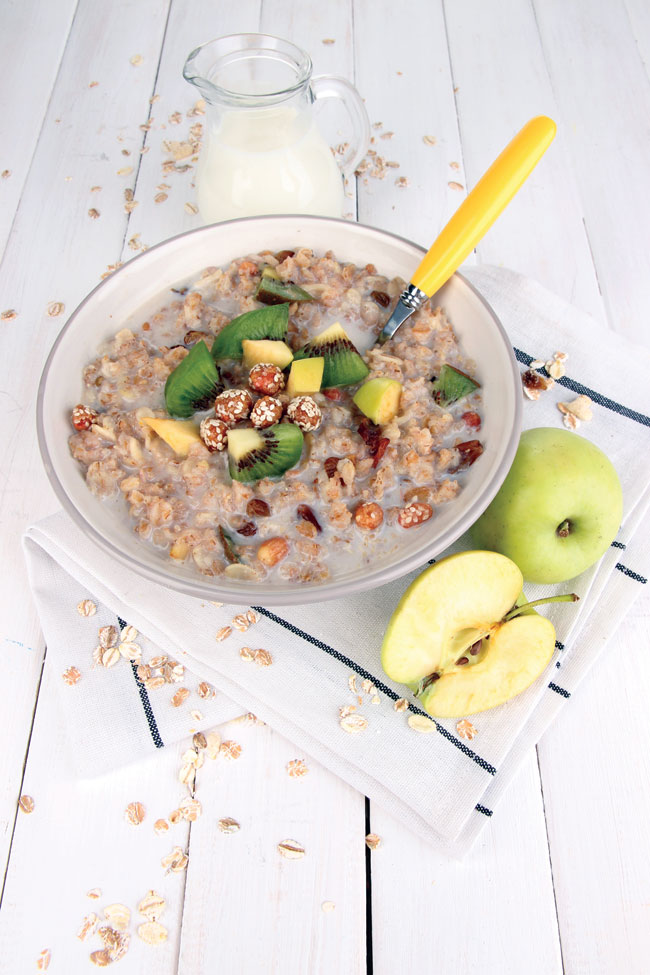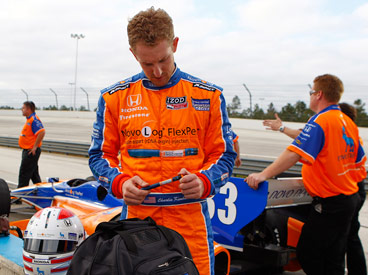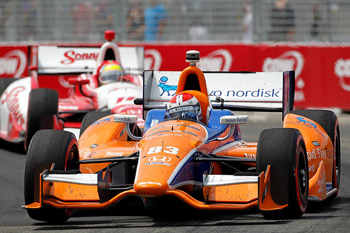Dodging Diabetes

S
helley Kubaney didn’t know what was wrong. For months, the 45-year-old oncology nurse from Fairview, Pennsylvania, had not been herself. For starters, she was exhausted. After a day at work it was all she could do to flop into bed where she slept for hours. In addition to relentless fatigue, she started to experience blurriness on the fringe of her vision. It got so bad that she could hardly drive at night when the glare of headlights compounded the problem.
After Kubaney made several trips to different doctors, her perplexed primary care physician ordered a full range of blood tests in February. The results delivered unexpected news—she had type 2 diabetes.
“I was completely stunned,” says Kubaney, a married mom of two teenagers. Stunned because she had no family history of the disease and she considered herself to be in decent shape and was not significantly overweight—all factors that typically play a role in developing type 2 diabetes. Yet as Kubaney quickly learned more about the disease and how it manifests over time, she became convinced that some simple lifestyle changes might have prevented or delayed the onset of full-blown diabetes.
“It was definitely a wakeup call,” she says. “I don’t really like meat and vegetables, so what does that leave? Carbs and sugar. I let myself cry for one night and then the next morning started a new way of eating and living.”
For many of us, diabetes lurks in the shadows, waiting to strike. The number of Americans with diabetes increased from 5.6 million in 1980 to 20.9 million in 2011, according to the CDC. Experts predict it will only get worse. The American Diabetes Association says 26 million adults and children are living with diabetes today. Another 79 million Americans are pre-diabetic, and likely headed for the full-blown disease unless they take swift action to change their health and nutrition habits.
It’s a fate worth avoiding.
Once diagnosed, your risk of heart attack and stroke jumps by more than 50 percent. You’re vulnerable to the leading cause of blindness among adults. And, if diabetes is not managed effectively, your day-to-day quality of life will decline as you grapple with fatigue, blurred vision, more-frequent infections, and slow-healing sores.
Yet, the latest research lays the foundation for a simple diabetes prevention plan that doesn’t require hours at the gym or drastic diet changes. The steps are easy–starting with a healthy breakfast and ending with a good night’s sleep. Taken together, the approach can go a long way toward avoiding diabetes or—if you already have it—managing the disease.
Charlie Kimball Is Racing With Insulin

An avid racer since age 9, Kimball was abruptly forced to abandon an emerging professional career in June 2007, when he was diagnosed with diabetes during a routine physician’s visit. Determined to get back behind the wheel, Kimball worked with his doctor and team to map a diabetes treatment strategy that includes competing at speeds exceeding 200 mph.
Now in his second season with Novo Nordisk Chip Ganassi Racing, we asked Kimball which was his top challenge: driving an open wheel race car, or living with diabetes?
“Driving an IndyCar! We have great tools for diabetes. Racing is always changing with new drivers and equipment. But I’m fortunate to have racing as a goal. It makes me face the challenge of diabetes,” says the young American driver.
Modern devices like continuous glucose monitors and meters are vital to diabetes control but sometimes you just have to get creative, says Kimball.

Congratulations, Charlie Kimball! The world’s fastest race cars snaked through Toronto streets lined with speed-loving fans on July 8, 2012, where Charlie Kimball captured his first podium-finish!
Follow Kimball on Twitter at @RaceWithInsulin.
Click here for the 2012 IZOD IndyCar Racing Schedule.
Kimball keeps his glucose levels in check with the insulin-delivering FlexPen from Novo Nordisk.
“I was afraid the doctor was going to hand me a big, scary, glass syringe and a huge vial,” he recalls. “With the pre-filled FlexPen, I can use it at a restaurant before, during, or after a meal and my friends won’t even notice. It’s that discreet and that simple.”
Since his diagnosis, Kimball has been a hero to the diabetes community, regularly making appearances and spreading awareness of diabetes via social media—work recently recognized with a 2012 Jefferson Award.
“Using Twitter reminds me that I’m not alone and helps me manage aspects of diabetes separate from the glucose numbers. I’m living proof that people with diabetes can live their dream and achieve what they want in life. I was the first diabetic to race the Indy 500 in 2011, and to lead it in 2012. Now I just have to be the first to win it!”
New Treatment for Kids with Diabetes

In June, diabetes care company Novo Nordisk announced FDA approval of Levemir® (a man-made insulin) for children ages two to five with type 1 diabetes. The prescription is now available for type 1 diabetes patients ages two through adulthood and adult patients with type 2 diabetes.
About Diabetes
In the United States, 25.8 million people have diabetes, a condition in which the body does not produce enough or properly use insulin, the hormone needed to convert sugar, starches, and other food into energy needed for daily life.